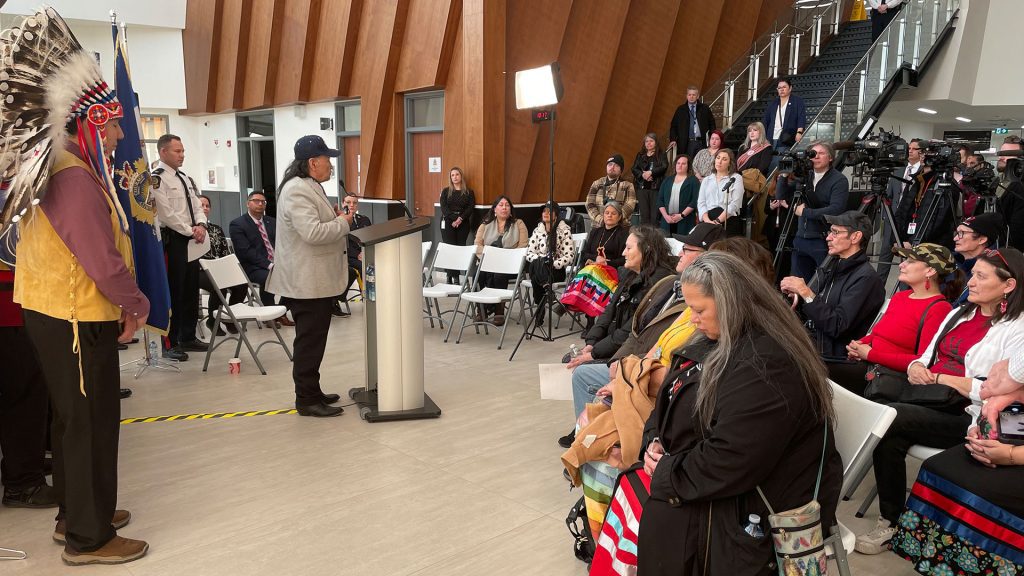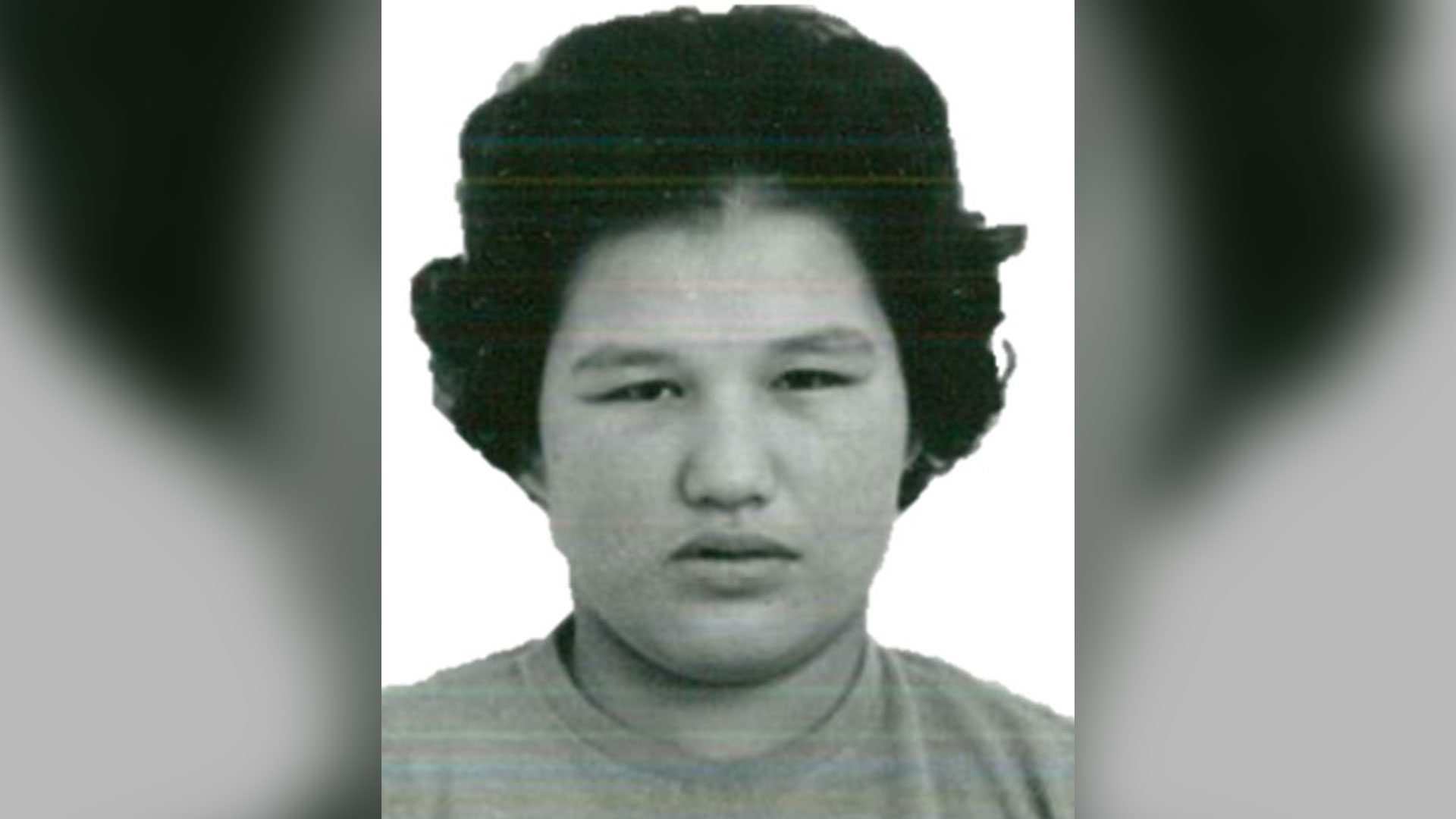
The Edmonton Police Services (EPS) says DNA testing was able to identify the remains of two Indigenous women missing since the 1970s.
The two women who were identified are Louise Laderoute, a member of the Papachase First Nation reported missing in 1975 from Edmonton, and Irene Jacknife who was missing from Drayton Valley, Alta. in 1976.
“There is an epidemic in this country. The epidemic is missing and murdered indigenous women,” said Josie Nepinak of the Institute for the Advancement of Aboriginal Women, or IAAW at the press conference.

Several First Nations leaders were present to support the families of the deceased.
“It’s not closure,” said Treaty 8 First Nations Grand Chief Arthur Noskey. “A lot of time when our loved ones are deceased, we question why and who.
“We cannot protect the past, but we can protect the future.”
The families of the two women were in attendance but gave their remarks to Kari Thomason, an Indigenous liaison with the police.
Read more:
Frank Gruben: The RCMP response and the need for missing-persons legislation
“On behalf of the lateral family, I wish we could have found you back then. love you and miss you love sister Rita,” said a statement from Jacknife’s sister.
Jacknife was remembered as a loving mother who would “make different toys from cardboard boxes” for her kids.
“We’ve never forgotten about you and we never will. We know that your life had never been an easy one,” said the sister of Louise Laderoute, who was not identified.
Neither death is considered criminal.

In August of 2023, the EPS Missing Persons Unit, RCMP’s National Centre for Missing Persons and Unidentified Remains and the Office of the Chief Medical Examiner reviewed of all EPS’ historical unidentified human remains investigations in a project named Project Match.
No missing person file
Edmonton police Insp. Colin Derksen told reporters that in the case of Laderoute, there were no records to indicate that the police had listed her as a missing person despite attempts by her family to speak to police.
“We understand that her family did try to report her missing … we believe that EPS just did not take the report. We didn’t list her as missing and we didn’t investigate her as a missing person,” he said. “That is not easy to admit, but it is the case.”

For Jacknife there was a miscommunication with the family and they believed she was reported to the Drayton Valley RCMP.
According to Insp. Brianne Brown of the RCMP, Jacknife was not reported missing to police until 2022 when the RCMP began their investigation into her case. Brown noted that they didn’t locate any record of Jacknife being reported missing previously when they began looking into the file.
Brown urged the public to directly report missing persons to police rather than relying on others, as critical information could be missed if not reported properly.
Funding gap for missing person searches
Police said an investigation of this sort can cost between $30,000 to $40,000 including the costs of exhumations, genetic genealogy and DNA sequencing.
“The IAAW have provided some funds to support this work, because we believe all families must have answers to the to their missing loved ones,” said Nepinak.
Some of these costs have not yet made it into the routine budgeting for police.

“Investigative genetic genealogy is quite new to policing, especially in Canada. And so those sort of pre established budgets for those things is a challenge,” said Staff Sgt. Kevin Harrison with the EPS Historical Crimes Section.
Edmonton Police Chief Dale McPhee highlighted that there are still advancements in forensic investigations to come and that will also aid in finding unidentified persons.
“We don’t want anyone to think that money alone will solve this we need to make advancements to technology,” said McPhee.
The EPS Missing Persons Unit currently has 20 unsolved unidentified human remains files dating back to 1979. Alberta RCMP have 29 unidentified human remains and 487 long term missing person investigations.










